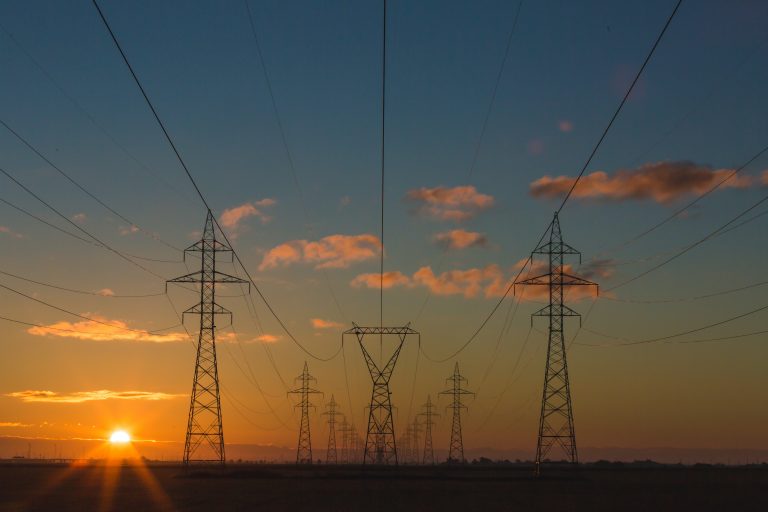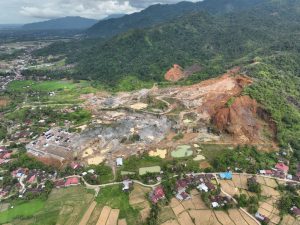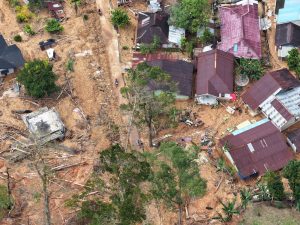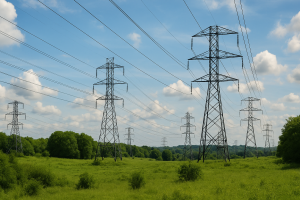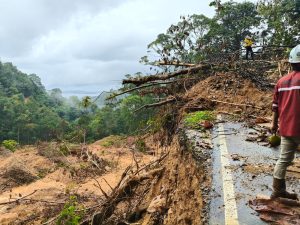Indonesia will begin construction soon on ‘the largest floating solar power plant in Southeast Asia’ after closing a deal with a syndicate of three international banks for the construction of a 145 MWAc solar power plant (PLTS) covering an area of approximately 200 hectares in the Cirata Reservoir, West Java.
A financial close agreement with Sumitomo Mitsui Banking Corporation (SMBC), Societe Generale, and Standard Chartered Bank, was reached on August 2, 2021, for an investment of around US$ 140 million.
PT PLN (Persero) President Director Zulkifli Zaini said the renewable energy power plant begin construction soon and is targeted to be able to operate commercially on schedule by the end of 2022. “The presence of the Cirata Floating PLTS will It will be a revolution in developing NRE (new and renewable energy) in the country, considering that this power plant can offset 214,000 tons of carbon dioxide emissions,” he said in a virtual press conference.

The Floating Cirata PLTS will be run by PMSE (Java Bali Masdar Solar Energy Generation), a project company formed by a consortium of PLN subsidiary, with 51% shares owned by PT Pembangkitan Jawa Bali Investment (PJBI) and 49% shares held by Masdar, a United Arab Emirates company.
PLN said that the floating solar power plant, is targeted to produce 245 million kWh of energy per year and will supply electricity to 50,000 homes and employ up to 800 workers.
In it’s nationally determined commitment (NDC), Indonesia targets a 29% reduction of GHG emissions and up to 41% with international support by 2030. To achieve this target, Indonesia targets to make ‘significant transition of energy sector by raising the proportion of renewable energy in energy mix, increasing energy efficiency, reducing substantial amount of coal consumption’.
Earlier in May, 2021, PLN announced that they will increase their investment in the development of new and renewable energy to push the target of achieving net zero emissions by 2060. PLN often purchases electricity from private producers, although the state-owned company holds a monopoly on the transmission and distribution of electricity for the whole country.

